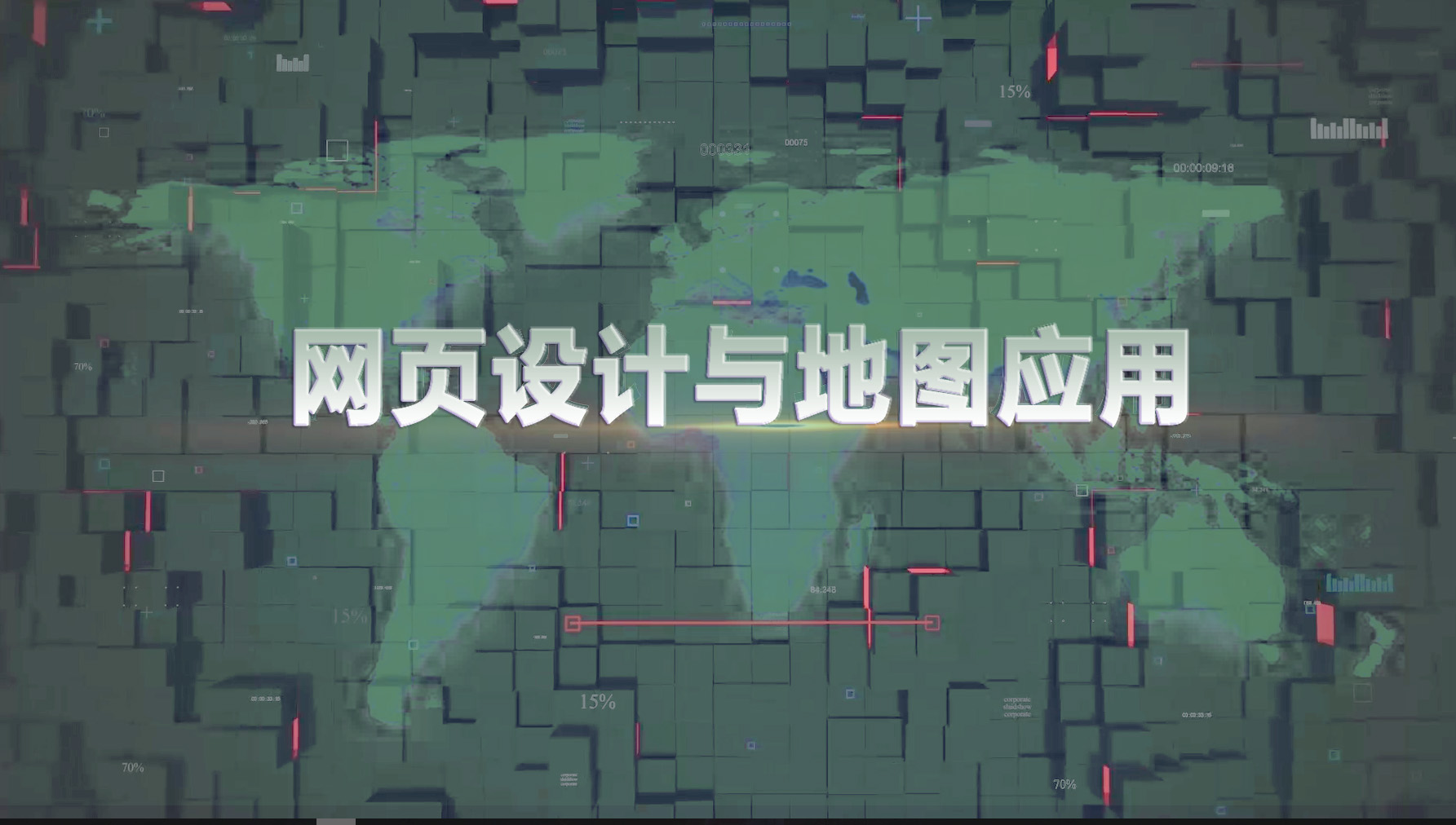
当前课程知识点:Introduction of New Structural Regional Economics > 2. Classical Theories of Regional Development > 2.5 Center-periphery theory > 2.5 Center-periphery theory
返回《Introduction of New Structural Regional Economics》慕课在线视频课程列表
返回《Introduction of New Structural Regional Economics》慕课在线视频列表
大家好 今天我们要讲的是
新经济地理学中克鲁格曼的中心外围理论
我们的讲解内容主要围绕
以下三块展开
产业聚集与传统理论
中心外围理论的内容以及应用
随着经济全球化的发展
相似或关联的产业分布呈现出
地理集中现象
并变得日益相互依赖
产业集聚逐渐成为
推动地区经济发展的主导力量
在发达国家
产业集聚现象十分明显
如美国硅谷
德国的索林根刀具业群等
中国作为发展中国家
产业集聚也由来已久
景德镇的陶瓷业就是
一个历史悠久的产业集群
那么,形成产业聚集的原因
在哪里?
是什么促使着一国之内类似产业
产生集聚现象?
对产业集聚形成动因的研究
可以追溯到
传统产业集聚理论
其中包括马歇尔的外部经济论
韦伯的工业区位论
佩鲁的增长极理论
以及赫克歇尔——俄林要素禀赋理论
但是这些理论或者难以
解释某些现实集聚现象
或者未能深入探究
产业集聚的机制
又或者忽略了某些现实因素
故而存在诸多不足与缺陷
而在现代产业集聚理论的
解释中
克鲁格曼
以传统的收益递增理论
垄断竞争模型为基础
提出了中心外围理论
克鲁格曼的模型假设一个国家有两个地
地区1(城市)和地区2( 农村)
地区1是工业区
只生产工业产品
不生产农产品
地区2是农业区
在初始状态下
只生产农产品
农产品是同质的
生产是规模报酬不变
和完全竞争的
暂时不纳入讨论
而制造品包括许多差异产品
每种差异产品的生产
都是规模经济
进而形成了垄断竞争的市场结构
两部门的产品都可进行
区内和区际贸易
但贸易成本不同
农产品的区内和区际贸易
都是无成本的
工业品的区内贸易
无成本
但区际贸易存在
所谓的“冰山运输成本”
它假定贸易成本表现为工业品
从始发地到目的地途中发生的损耗
为了弥补贸易成本
企业将在出口区域的市场上
对其产品收取比本区域更高的价格
该理论不仅回答了
产业在哪里集聚的问题
更重要的是解决了
集聚形成的理论机制问题
克鲁格曼最初的
产业集聚动因归于一种历史的偶然
集聚的产生以及集聚的分布区位
都具有“历史依赖性”
在模型中克鲁格曼认为
行业地理集中
主要受三种效应驱动
一是“市场通路效应”
一个厂商从其他地区迁往本地
将使本地劳动力需求增加
当劳动力可以在地区间流动时
这将吸引劳动力流入并使本地需求增加
本地需求的增加
将使本地厂商利润增加
这又进一步吸引更多厂商进入
进一步产生需求关联
通过循环累积过程
实现经济集聚
二是“生活费用效应”
一个厂商
从其他地区迁往本地
使本地厂商数量增加
而在一个厂商数量增多的地区
消费者需要从外地购人的商品种类减少
从而支付的贸易成本下降
这意味着本地生活费用下降
和实际工资水平提高
这将吸引工人流入
劳动力供给增加将
使本地名义工资下降
这将使厂商生产的
平均成本和边际成本下降
本地厂商利润增加
这又进一步吸引更多厂商进入
并进一步
产生一个不断自我强化的循环累积过程
当需求关联和成本关联趋向于
促进经济活动向
一个地区集聚时
第三种效应— 市场挤出效应
却趋向于抑制集聚
一个厂商
从其他地区迁往本地
使本地厂商需求减少和边际收益下降
这使本地厂商
利润减少或亏损
厂商为获得正常利润
而降低支付给工人的名义工资
在其他条件不变时
这使本地对工人的吸引力
低于其他地区
劳动力从本地流出
产生一个不断自我强化的循环累积过程
抑制集聚
当本地区
需求关联和成本关联所产生的向心力
大于市场挤出效应
所产生的离心力时
经济活动趋向于在本地区集聚
反之则趋于扩散
据此,我们可得到中心外围理论
对产业聚集的解释
产业集聚归因于
一种外生冲击产生的历史偶然
初始存在的优势
因“路径依赖”
累积循环而被放大
“锁定”
产生聚集区
此外,克鲁格曼还指出
导致中心外围结构
形成的向心力和离心力大小
取决于模型参数大小
模型参数包括贸易成本
工业制成品在支出中所占份额
和对多样化的偏好
工业制成品在支出中所占份额越大
意味着一定数量移民
所增加的本地制造品市场规模越大
即
需求和边际收益增加越多
本地厂商利润增加越多
推进集聚的
向心力就越大
对产品多样化的偏好越强
消费者偏好品种的
替代弹性越低
在本地获得更多种类商品
就越能降低价格指数
更大幅度提高实际工资水平
吸引更多劳动力流人
推进集聚的
向心力就越大
在三个模型参数中
贸易成本高低同时影响
向心力和离心力
首先,随着贸易成本下降
厂商选择市场较大的地区
作为其生产区位所能节约的
贸易成本下降
一个厂商从其他地区迁往本地
所产生需求关联减弱
向心力减弱
其次,当贸易成本极高
以致地区之间不能进行商品贸易时
厂商迁入将使本地消费者购买该厂商产品时
节约的贸易成本极高
所产生的地区间价格指数差异大
产生生活费用效应大
向心力增加
然而,当贸易成本极低时
本地与其他地区形成一体化市场
厂商定位于不同地区
对本地竞争激烈程度的
影响相同
厂商迁入
并不能加剧本地的市场竞争
对本地厂商收入和名义工资水平
不会产生任何影响
从而不会产生市场挤出效应
离心力小
讲完
中心外围模型的理论部分
那么,这个理论是否存在着现实体现呢?
事实上,城市体系的演进就是
遵从“中心—外围”模式
导致城市增长与到中心城市的距离
将呈现出“∽”型变化规律
首先,离中心市场越近
也就越接近
中间产品提供商和消费者
减少购进中间产品
和将制成品运送到消费者手中的运输成本
其次,中心市场巨大的市场规模
还有利于发挥厂商层次上的
规模经济效应
降低单位产品的生产成本
因此,离中心城市越近的地方
市场潜力越大
随着到
集聚中心距离和交通成本的逐渐增加
那些远离中心的厂商
由于竞争程度的下降
以及周边地区的市场潜力
而拥有更大的发展空间
城市增长加快
离心力占据主导地位
随着距中心城市距离的进一步加大
外围城市不仅失去了
中心城市的经济辐射力
甚至连自己的本地市场也将失去
此时的城市增长将陷于停滞
即城市增长随着距中心城市的距离呈现出
先下降
后上升、再下降的
层级演进趋势
基于各个国家数据的
实证研究结果
证实了城市增长的“∽”型变化规律
-1.1.1 China's Physical Geography
--1.1.1 China's Physical Geography
--1.1.1 Test
-1.1.2 Hu Line
--1.1.2 Test
-1.1.3 Economic catch-up of the central and western China
--1.1.3 Economic catch-up of the central and western China
--1.1.3 Test
-1.2.1 Overview of China’s economy
--1.2.1 Overview of China’s economy
--1.2.1 Test
-1.2.2 Coastal special economic zones in China
--1.2.2 Coastal special economic zones in China
--1.2.2 Test
-1.2.3 Western Development strategy in China
--1.2.3 Western Development strategy in China
--1.2.3 Test
-1.2.4 Northeast China Revitalization Plan
--1.2.4 Northeast China Revitalization Plan
--1.2.4 Test
-1.2.5 Rise of Central China Plan
--1.2.5 Rise of Central China Plan
--1.2.5 Test
-1.3.1 Coordinated regional development and main functional area
--1.3.1 Coordinated regional development and main functional area
--1.3.1 Test
-1.3.2 China’s urban agglomeration pattern and the economic effect
--1.3.2 China’s urban agglomeration pattern and the economic effect
--1.3.2 Test
-2.1 Agricultural location theory
--2.1 Agricultural location theory
--2.1 Test
-2.2 Growth Pole Theory
--2.2 Test
-2.3 The Stages of Economic Growth
--2.3 The Stages of Economic Growth
--2.3 Test
-2.4 Pole & Axis System Theory
--2.4 Pole & Axis System Theory
--2.4 Test
-2.5 Center-periphery theory
--2.5 Test
-3.1 Why New Structural Economics
--3.1 Why New Structural Economics
--3.1 Test
-3.2 The Theoretical Foundation of New Structural Economics
--3.2 The Theoretical Foundation of New Structural Economics
--3.2 Test
-3.3 Does New Structural Economics Offer Explanations?
--3.3 Does New Structural Economics Offer Explanations?
--3.3 Test
-3.4 Application for Industrial Policy
--3.4 Application for Industrial Policy
--3.4 Test
-3.5 Does the idea of New Structural Economics work?
--3.5 Does the idea of New Structural Economics work?
-4.1 Regional Externality
--4.1 Test
-4.2 Endowment Structure Transformation
--4.2 Endowment Structure Transformation
--4.2 Test
-4.3 Role Boundary of Facilitating Government
--4.3 Role Boundary of Facilitating Government
--4.3 Test
-4.4 Spatial Optimal Equilibrium
--4.4 Spatial Optimal Equilibrium
--4.4 Test
-4.5 Evolution of Dynamic Spiral
--4.5 Evolution of Dynamic Spiral
--4.5 Test
-5.1 China's Development Experience and OFDI
--5.1 China's Development Experience and OFDI
--5.1 Test
-5.2 Commonness and New Trends of Developing Countries
--5.2 Commonness and New Trends of Developing Countries
--5.2 Test
-5.3 Industrialization of Developing Countries with Special Economic Zones
--5.3 Industrialization of Developing Countries with Special Economic Zones
--5.3 Test
-5.4 Growth Identification and Facilitation Framework (GIFF)
--5.4 Growth Identification and Facilitation Framework (GIFF)
--5.4 Test
-5.5 GIFF in Practice and Case Studies (Nigeria, Benin and Uzbekistan)
--5.5 GIFF in Practice and Case Studies (Nigeria, Benin and Uzbekistan)
--5.5 Test
- 6.1.1 The global competitiveness model and its theoretical basis
-- 6.1.1 The global competitiveness model and its theoretical basis
--6.1.1 Test
- 6.1.2 The Brief introduction of the Theory of County Economic Competitiveness
-- 6.1.2 The Brief introduction of the Theory of County Economic Competitiveness
--6.1.2 Test
- 6.2.1 Situation of the Chinese Counties: Development Stage、Location Characteristics and Natural Res
-- 6.2.1 Situation of the Chinese Counties: Development Stage、Location Characteristics and Natural Res
--6.2.1 Test
- 6.2.2 The other Situation of the Chinese Counties and The Case of Qinyuan Pencil
-- 6.2.2 The other Situation of the Chinese Counties and The Case of Qinyuan Pencil
--6.2.2 Test
- 6.2.3 The County's Development Strategy (comparative advantage) Analysis
--6.2.3 The County's Development Strategy (comparative advantage) Analysis
--6.2.3 Test
-6.2.4 The Other County's Development Strategy (comparative advantage) Analysis and Conclusion
--6.2.4 The Other County's Development Strategy (comparative advantage) Analysis and Conclusion
--6.2.4 Test
-6.3.1 The Case of Jinjiang and Guanling
--6.3.1 The Case of Jinjiang and Guanling
--6.3.1 Test
- 6.3.2 The Case of Qianyang and Changzhi
-- 6.3.2 The Case of Qianyang and Changzhi
--6.3.2 Test
- 6.3.3 The Case of Hotan
-7.1.1 Targeted Poverty Alleviation Strategy
--7.1.1 Targeted Poverty Alleviation Strategy
--7.1.1 Test
-7.1.2 Cases of the Old Revolutionary Base Areas
--7.1.2 Cases of the Old Revolutionary Base Areas
--7.1.2 Test
-7.2 Growth Identification and Industrial Policy: Jilin Revitalization
--7.2 Growth Identification and Industrial Policy: Jilin Revitalization
--7.2 Test
- 7.3.1 The Carrying Capacity of Yangtze River Economic Belt
-- 7.3.1 The Carrying Capacity of Yangtze River Economic Belt
--7.3.1 Test
- 7.3.2 The Development of Yangtze River Economic Belt
--7.3.2 The Development of Yangtze River Economic Belt
--7.3.2 Test
-7.4 Growth Identification and Facilitation: Integration of Yangtze River Delta and High-quality Deve
--7.4 Growth Identification and Facilitation: Integration of Yangtze River Delta and High-quality Deve
--7.4 Test
-Final examination
